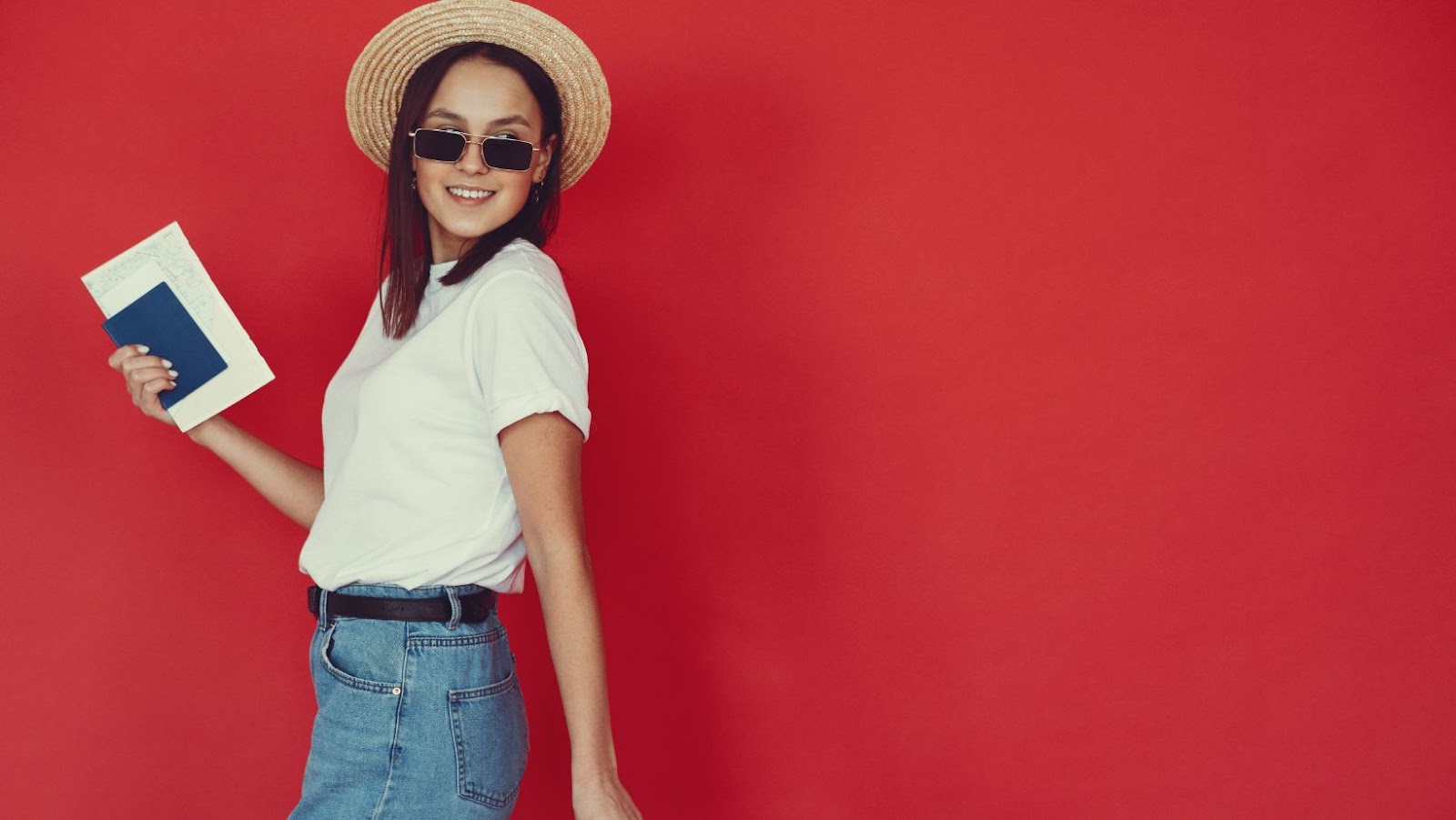Every now and again, I receive an email from a complete fashion neophyte. Someone who has never been interested in clothes and has never given much attention to what they wear but now wishes to alter that and develop their sense of style or just dress better.
They frequently express excitement while simultaneously feeling absolutely overwhelmed. Starting from scratch, the world of fashion might appear to be a vastly complex and odd realm, with millions of unsaid rules and far too many alternatives.
One new reader, who used to just wear band t-shirts and jeans for years, contacted me:
“Starting off in fashion is like to being in a foreign country where you don’t understand the language. Everyone else appears to know instinctively how to put together amazing looks and discover things they enjoy. But how do they accomplish this? I’m not sure!”
I like how you compare wearing properly to speaking a foreign language. Because the nice thing about acquiring a sense of style is that you don’t have to be born with it. It’s a skill, just like any other, and it can be learned just like any other. All it takes is some practice.
So, if you’re a complete novice, it may appear that everyone else around you has a natural eye for fashion, but in reality, they’ve just been practicing for longer than you have.
Most people begin paying attention to what they wear fairly early in life. In middle school, I remember caring a lot about my clothes, and most of my friends did as well. You just have to catch up if you have no experience with fashion! In this post, I’ll show you four concrete techniques for doing just that.
Become a seasoned observer
The most important thing you can do to enhance your sense of style and train your eye is to observe how others do it! What are they wearing, what colors do they blend, what shoes do they wear with their clothes, how do they accessorize, and so on?
Assume you are a researcher in a foreign society seeking to learn everything you can about the local customs.
Use your everyday environment as a laboratory: sit in a cafe and just observe people passing by, pay close attention to your coworkers’ and friends’ outfits, and observe what your fellow commuters are wearing on your train ride to work (in a non-creepy way, of course:)). Supplement your real-life study using Pinterest and fashion blogs to expose oneself to a wider spectrum of trends.
The key to success during this procedure is to be as accurate as possible. If you appreciate an outfit, try to figure out what makes it so amazing. Is it the general aesthetic (preppy, boho, or minimalist), the color scheme, or a single piece? Assume the two images above piqued your interest. Were the neutral colors to blame? The straight lines? Do you prefer large sunglasses and black tote bags?
You train your eye by studying and paying close attention to how other people dress and what sorts of items resonate with you and which do not. It’s extremely simple, but if you ask folks who have excellent style and are ‘into fashion, they’ll probably tell you that they already do this and have been doing it for years. Over time, you’ll get a better sense of what kinds of clothes you like and how they fit, and you’ll be able to use that knowledge to upgrade your wardrobe, either by wearing your existing clothes in new ways or by adding some new pieces.
Imitation, imitation, imitation
How do art students develop their skills? Correct: through studying and imitating other artists’ techniques. I know, I know, I’m typically all for ‘creating your own distinctive style’ and breaking the boundaries of others. However, for a total newbie, mimicking others may be a very useful creative strategy since it provides you with a specific blueprint to utilize as a starting point. Most fashion newcomers who contact me report feeling overwhelmed and befuddled. They are aware that they must experiment, but they are unsure where to begin.
My advice is consistent: imitate! Choose one outfit and replicate it. Then evaluate what you like and dislike about it, rinse, and repeat.
For example, if you’re into cross dressing clothes, find an outfit on Pinterest or a fashion blog that you could wear to one of your regular daily activities, such as work or on the weekends. Then, either use your own clothes to recreate the outfit as closely as possible, or go to a store and try things on.
Imitation benefits you on two levels:
By attempting to replicate an outfit as closely as possible, you are forced to focus on details such as the fit of the components and how they work together to produce the overall silhouette of the outfit. Details like that are important in fashion. The two outfits above, for example, both consist of a white t-shirt, jeans, and a brown belt. However, the cut and fit of those pieces, as well as the silhouette and overall vibe of the outfit, are entirely different.
Furthermore, imitation is a terrific approach to try and narrow down your preferences. In the best-case scenario, you adore your copied look and have found a new favorite that you’ll want to wear all of the time (go ahead, ensembles aren’t trademarked). If you don’t like the clothing on yourself, you may use it as a chance to learn more about your style by figuring out exactly what you don’t like about it. What about the fit of the pieces, the colors, and the materials? Can you think of anything you might change to make it better? Are there any aspects of the look that you like? What are some ways you could incorporate it into your wardrobe?







































